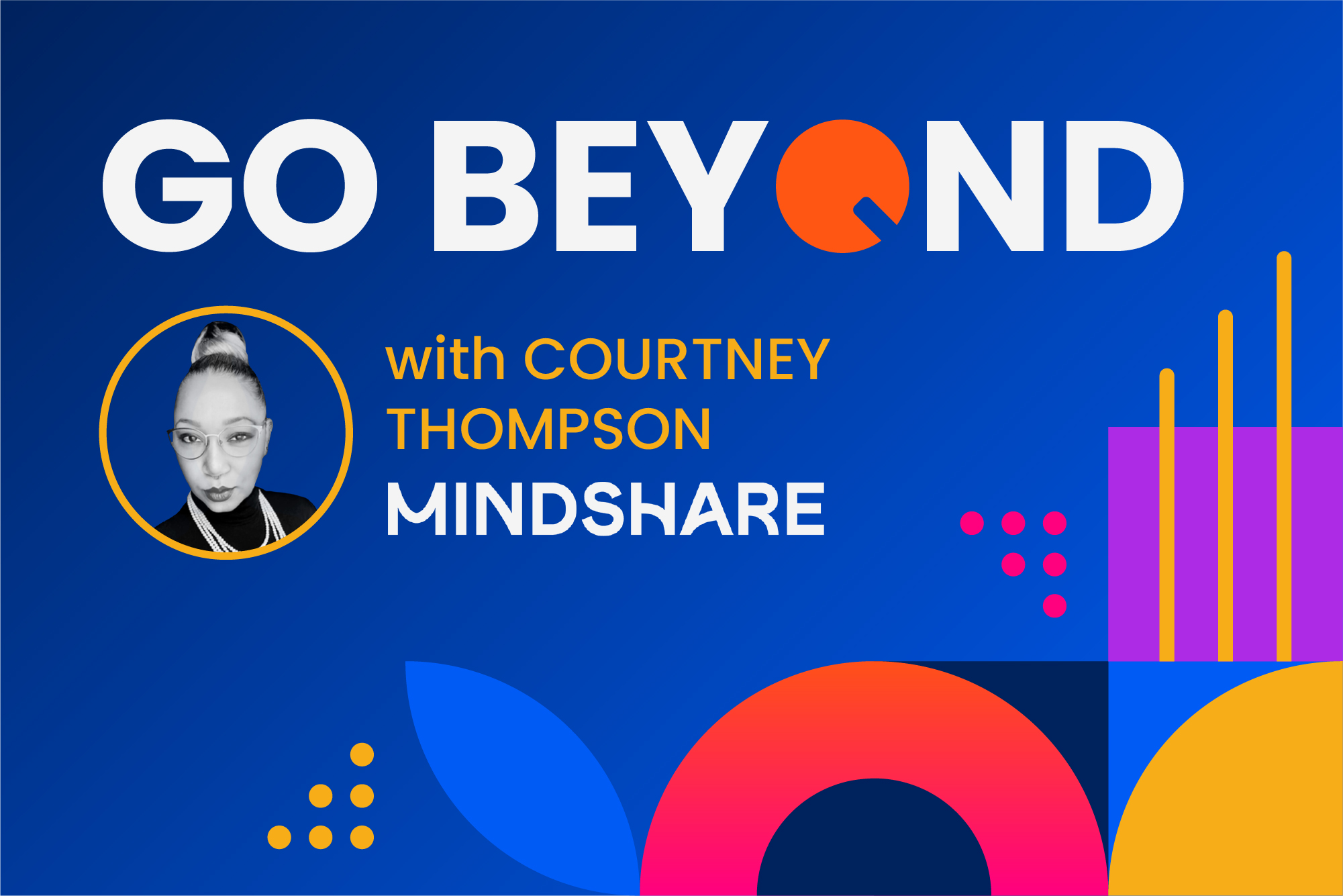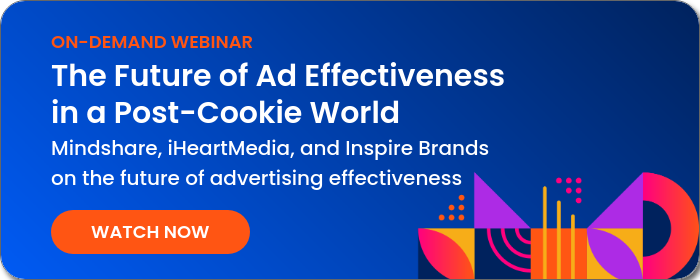How advertising agencies can come out on top amid industry change
Media agencies today must navigate brands’ expectations for campaign efficacy, while ensuring those expectations are met by publishers. And with increased channel fragmentation and myriad data platforms, agency work has never been more complicated and challenging. However, with the right approach and solutions, the “messy middle” can actually fuel innovation.
On a recent Ad Age webinar, DISQO had the privilege of speaking with Courtney Thompson, Director of Business Intelligence at Mindshare, named the Cannes Lions Media Network of the Year. Navigating advertiser expectations and publisher promises for campaign efficacy, Courtney shares valuable insights on how agencies can navigate measurement challenges while optimizing for client KPIs.
→ Watch now: The Future of Ad Effectiveness in a Post-Cookie World
Q: Agencies are accountable for keeping pace with culture and consumer trends while navigating media fragmentation, from currency to mix modeling to efficacy. How is Mindshare meeting these expectations?
We focus on delivering growth by aligning our media plans and measurement strategies with our clients' business objectives. We create an outcomes framework that guides our measurement program from early stage planning. This ensures our team and our clients are on the same page about the metrics that matter for each channel and stage of the funnel. We also leverage tools like media mix models and cross-channel brand lift studies to maintain a consistent methodology, and ultimately evaluate our plans effectively.
Q: Tell us about client expectations for proof of efficacy. How do you translate that to the media partners selected for the campaign?
Navigating this complex landscape requires thorough planning and coordination. Gone are the days that analytics teams come in at the end of the campaign to report the news; our measurement teams are fully involved in the planning process. We work closely with media and measurement partners to set the agenda for analyzing performance and driving it through media activation. Our cross-functional approach brings experts together throughout the process, ensuring we deliver value for our clients. We've started building relationships with partners like DISQO from the beginning, integrating measurement discussions into the initial RFP, rather than treating them as an afterthought.
Q: We love Mindshare’s focus on purpose and performance, in other words, connecting the brand building with lower-funnel outcomes. How does Mindshare approach full-funnel ad measurement?
It’s a nuanced balance. Purpose is focused on longer-term brand building, while performance is focused on shorter-term sales. We’re increasingly being tasked with showing the overall impact of our media through these two metrics combined.
We set ourselves up for success by mapping our KPIs and measurement sources against our campaign goals right from the start. This ensures that we use the right tools and approaches to collect data that's relevant to our objectives. We're proactive about identifying what we want to measure, which allows us to focus on the right insights when the campaign concludes.
Q: How does DISQO help prove campaign effectiveness within the context of Mindshare’s framework?
DISQO's consistent methodology in measuring our full media plan has been invaluable. It allows us to understand the impact of various factors on brand equity and purchase journey behaviors, which would otherwise be challenging to track. In fact, we’ve been able to customize solutions based on our clients' needs, and we work closely with DISQO’s team to build measurement plans for performance, especially with siloed social media platforms.
With DISQO, we also leverage cross-channel brand and outcomes lift studies to understand how various components of the media plan worked together across the entire funnel, from brand awareness to purchase journey actions. While multi-touch attribution models are useful, they sometimes understate the effectiveness of upper-funnel media, which serves different goals. Having a full-funnel view allows us to optimize campaigns more effectively and align them with our clients' objectives.
Q: Are clients asking you to interoperate with their first-party data as well as data from media partners?
Clients are certainly placing greater importance on activating against their first-party data, while ensuring privacy compliance. They are often looking to maximize match and find rates, which require our media partners to have rich, scalable data and strong relationships with onboarders to ensure we can find our target audiences effectively. Moreover, we are being asked to create media plans that foster a value exchange for consumers to help increase the scale of clients' first-party data. I believe this will become even more crucial as tracking consumers becomes challenging.
Q: Thinking about how the pendulum has swung from panel-based to user-based measurement and now back again, where are we today?
The industry is in a constant state of flux when it comes to ad measurement. We've seen shifts from panel-based measurement to individual user-based tracking, and now we are seeing movement toward larger, richer panel-based models. With increasing fragmentation and technology advancements, a test-and-learn mentality is crucial. We have to adapt continuously and embrace new partners to meet our clients' goals effectively.
Get more insights on the future of ad measurement
Courtney's expertise sheds light on how leading agencies are navigating the intricate advertising ecosystem. Listen to the full webinar on-demand for more from Courtney’s co-panelists, Inspire Brands’ Ryan McManus and iHeartMedia’s David Shiffman.
→ Watch now: The Future of Ad Effectiveness in a Post-Cookie World





